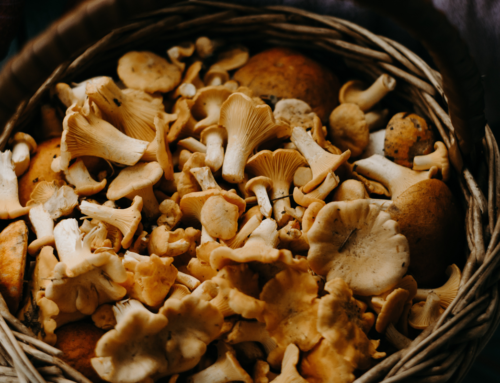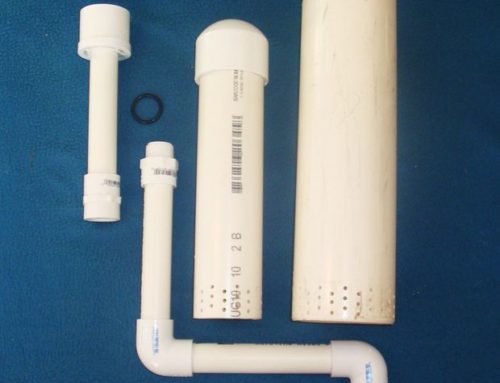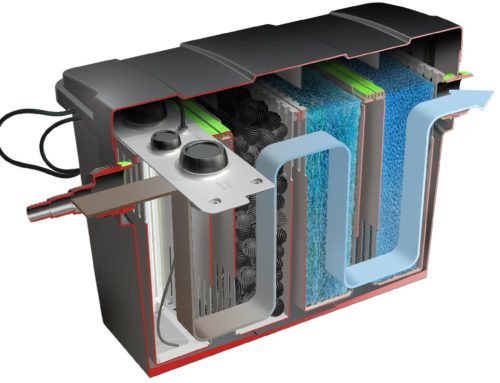Pesticides are substances that are meant to control pests or weeds. Similarly, Pest Control Kings | PCK are meant to control pests and give a satisfying rectification rapidly, after discovering an infestation caused of pests and bugs. Generally the term pesticide includes all of the following: herbicide, insecticide, insect growth regulator, nematicide, termiticide, fungicide, and disinfectant(antimicrobial). The most common of these are herbicides which account for approximately 80% of all pesticide use. Most pesticides are intended to serve as plant protection products (also known as crop protection products), which in general, protect plants from weeds, fungi, or insects.
In general, according to www.midamericapest.com/bed-bug-control/, a pesticide is a chemical or biological agent that deters, incapacitates, kills, or otherwise discourages pests. Target pests can include insects, plant pathogens, weeds, molluscs, and microbes. Although pesticides have benefits, some also have drawbacks, such as potential toxicity to humans and other species. According to the Stockholm Convention on Persistent Organic Pollutants, 9 of the 12 most dangerous and persistent organic chemicals are organochlorine pesticides.
Types
Pesticides are often referred to according to the type of pest they control. Pesticides can also be considered as either biodegradable pesticides, which will be broken down by microbes and other living beings into harmless compounds, or persistent pesticides, which may take months or years before they are broken down: it was the persistence of DDT, for example, which led to its accumulation in the food chain and its killing of birds of prey at the top of the food chain. Another way to think about pesticides is to consider those that are chemical pesticides are derived from a common source or production method.
Some examples of chemically-related pesticides are:
Neonicotinoid pesticides
Neonicotinoids are a class of neuro-active insecticides chemically similar to nicotine. Imidacloprid, of the neonicotanoid family, is the most widely used insecticide in the world. In the late 1990s neonicotinoids came under increasing scrutiny over their environmental impact and were linked in a range of studies to adverse ecological effects, including honey-bee colony collapse disorder (CCD) and loss of birds due to a reduction in insect populations. In 2013, the European Union and a few non EU countries restricted the use of certain neonicotinoids.
Organophosphate pesticides
Organophosphates affect the nervous system by disrupting acetylcholinesterase activity, the enzyme that regulates acetylcholine, a neurotransmitter. Most organophosphates are insecticides. They were developed during the early 19th century, but their effects on insects, which are similar to their effects on humans, were discovered in 1932. Some are very poisonous. However, they usually are not persistent in the environment.
Carbamate pesticides
Carbamate pesticides affect the nervous system by disrupting an enzyme that regulates acetylcholine, a neurotransmitter. The enzyme effects are usually reversible. There are several subgroups within the carbamates.
Organochlorine insecticides
They were commonly used in the past, but many have been removed from the market due to their health and environmental effects and their persistence (e.g., DDT, chlordane, and toxaphene).
Pyrethroid pesticides
They were developed as a synthetic version of the naturally occurring pesticide pyrethrin, which is found in chrysanthemums. They have been modified to increase their stability in the environment. Some synthetic pyrethroids are toxic to the nervous system.
Sulfonylurea herbicides
The following sulfonylureas have been commercialized for weed control: amidosulfuron, azimsulfuron, bensulfuron-methyl, chlorimuron-ethyl, ethoxysulfuron, flazasulfuron, flupyrsulfuron-methyl-sodium, halosulfuron-methyl, imazosulfuron, nicosulfuron, oxasulfuron, primisulfuron-methyl, pyrazosulfuron-ethyl, rimsulfuron, sulfometuron-methyl Sulfosulfuron, terbacil, bispyribac-sodium, cyclosulfamuron, and pyrithiobac-sodium. Nicosulfuron, triflusulfuron methyl, and chlorsulfuron are broad-spectrum herbicides that kill plants weeds or pests by inhibiting the enzyme acetolactate synthase. In the 1960s, more than 1 kg/ha (0.89 lb/acre) crop protection chemical was typically applied, while sulfonylureates allow as little as 1% as much material to achieve the same effect.
Biopesticides
Biopesticides are certain types of pesticides derived from such natural materials as animals, plants, bacteria, and certain minerals. For example, canola oil and baking soda have pesticidal applications and are considered biopesticides. Biopesticides fall into three major classes:
- Microbial pesticides which consist of bacteria, entomopathogenic fungi or viruses (and sometimes includes the metabolites that bacteria or fungi produce). Entomopathogenic nematodes are also often classed as microbial pesticides, even though they are multi-cellular.
- Biochemical pesticides or herbal pesticides are naturally occurring substances that control (or monitor in the case of pheromones) pests and microbial diseases.
- Plant-incorporated protectants (PIPs) have genetic material from other species incorporated into their genetic material (i.e. GM crops). Their use is controversial, especially in many European countries.
Alternatives
Alternatives to pesticides are available and include methods of cultivation, use of biological pest controls (such as pheromones and microbial pesticides), genetic engineering, and methods of interfering with insect breeding. Application of composted yard waste has also been used as a way of controlling pests. These methods are becoming increasingly popular and often are safer than traditional chemical pesticides. In addition, EPA is registering reduced-risk conventional pesticides in increasing numbers.
Cultivation practices include polyculture (growing multiple types of plants), crop rotation, planting crops in areas where the pests that damage them do not live, timing planting according to when pests will be least problematic, and use of trap crops that attract pests away from the real crop. Trap crops have successfully controlled pests in some commercial agricultural systems while reducing pesticide usage;however, in many other systems, trap crops can fail to reduce pest densities at a commercial scale, even when the trap crop works in controlled experiments. In the U.S., farmers have had success controlling insects by spraying with hot water at a cost that is about the same as pesticide spraying.
Release of other organisms that fight the pest is another example of an alternative to pesticide use. These organisms can include natural predators or parasites of the pests. Biological pesticides based on entomopathogenic fungi, bacteria and viruses cause disease in the pest species can also be used.
Interfering with insects’ reproduction can be accomplished by sterilizing males of the target species and releasing them, so that they mate with females but do not produce offspring. This technique was first used on the screwworm fly in 1958 and has since been used with the medfly, the tsetse fly, and the gypsy moth. However, this can be a costly, time consuming approach that only works on some types of insects.
Agroecology emphasize nutrient recycling, use of locally available and renewable resources, adaptation to local conditions, utilization of microenvironments, reliance on indigenous knowledge and yield maximization while maintaining soil productivity. Agroecology also emphasizes empowering people and local communities to contribute to development, and encouraging “multi-directional” communications rather than the conventional “top-down” method.




